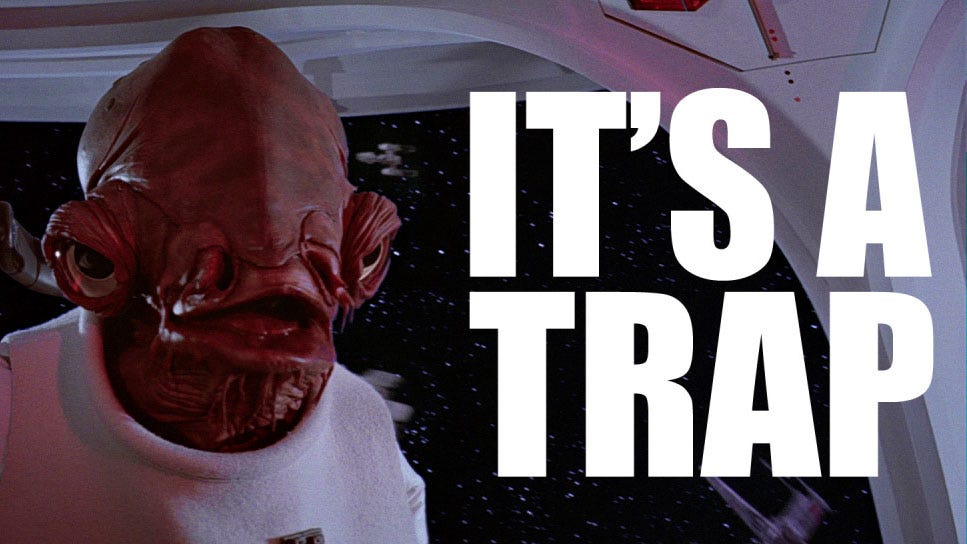19/11/2018
Starting from industrial revolution to few decades ago, manufacturing in all industries had certain set of requirements with rare exceptions. Hence, the process of manufacturing was repeatable. It was a best practice to define sequential processes which produce predictable results since it ensured both quality and planning precisely. Influenced by the success of this model, other industries adopted the same approach. Waterfall methodology in Software Industry is an example of this. Organisations made this approach a foundation to their way of working.

Of course, a change in the requirements of end product or service result with a cost of alteration in processes. This downside was negligible until the pace of change passed a specific threshold.
For a long while everyone accepting the pace of change is extreme and adaptation to change is critical for survival of organisations just like biological entities. Not only the speed of technological advances but also the consumer and customer expectations are rapidly increasing (ie. personalization trends). Requirements, tools and skills are not staying stable for enough time to define and execute a process with old ways. As a result, a trend of applying lightweight frameworks and processes which are promising adaptation to change has become a mainstream in business. Sadly success stories are outnumbered with unsatisfactory results. Why?
Copying Frameworks and Processes
There are many valuable strategies and knowledge for adaptation and change management in brick like books. It is impossible for me to summarise them in this post but based on my experience I want to highlight the most common mistake; copying.
“We are using X framework like this and it works! You should apply it too.”

Just because a framework or a process is working in an organisation does not mean it will work for you as is. Even if you copy a framework used by an organisation which works in the same industry, provides same services/products with same business model as yours the chances are still low. There are many reasons for that but an important one to mention is socio-cultural and generation variance between two companies’ employees. In software industry, many organisations are trying to apply the Spotify’s Agile Framework but they miss an important point that make the framework actually do work; Swedish culture. For more information about the example you can read this article.
On his book “The Ambiguities of Experience”, James G. March argues that learning from experience isn’t that easy. Copying things that others do directly won’t help. Instead, understanding why others do what and customise their solution according to your context and parameters will make a positive impact. Frameworks and Processes, all have built upon a mindset at the core. Understand the mindset and customise according to your context.
Dependencies
Defining and doing things with standardised processes have important advantages. First of all, an organisation can assure a level of quality for every service/product delivered and make this less coupled with individuals. Although not a replacement, organisation culture which centre the individuals and their mindset also helps with these. You have to find the right balance between them for your organisation.
Either you lean on processes or interactions between individuals, there is a serious threat; dependencies. Dependencies are burdens that limit your movement and make planning harder. They are an overhead for your daily operations and an important risk for adaptation and change. Unfortunately, every business have dependencies in our interconnected world and number of dependencies keep increasing. The best way to deal with dependencies are avoiding them if possible.
Simplicity — the art of maximising the amount
of work not done — is essential. (Principles behind the Agile Manifesto)
For improvement, the first thing people often consider is putting additional procedures and steps instead of dropping things which is a wrong mindset. Losing weight and improving things at the same time is a win-win. As a first step, you can minimise the number of steps in processes and planned interactions between individuals. Draw a graph of how things done from start to end and write the estimated time lapse at each step. Try to remove steps or invent shortcuts.
Experience and Experimentation
I know it is not easy to do things as I written above and at once. It requires experience but more importantly experimentation. Whether it is Agile, Lean or any other framework, all include tools and processes for continuous improvement.

During these cycles, experiment with a solution and go with it if it benefits you. If you fail, try something new. Just keep in mind, your story and situation is different from others and customise tools with understanding notion of them and your context. While doing so, always try to make simplification and avoid dependencies if possible.
Pitfalls of Applying Frameworks and Organisational Processes was originally published in Commencis on Medium, where people are continuing the conversation by highlighting and responding to this story.

